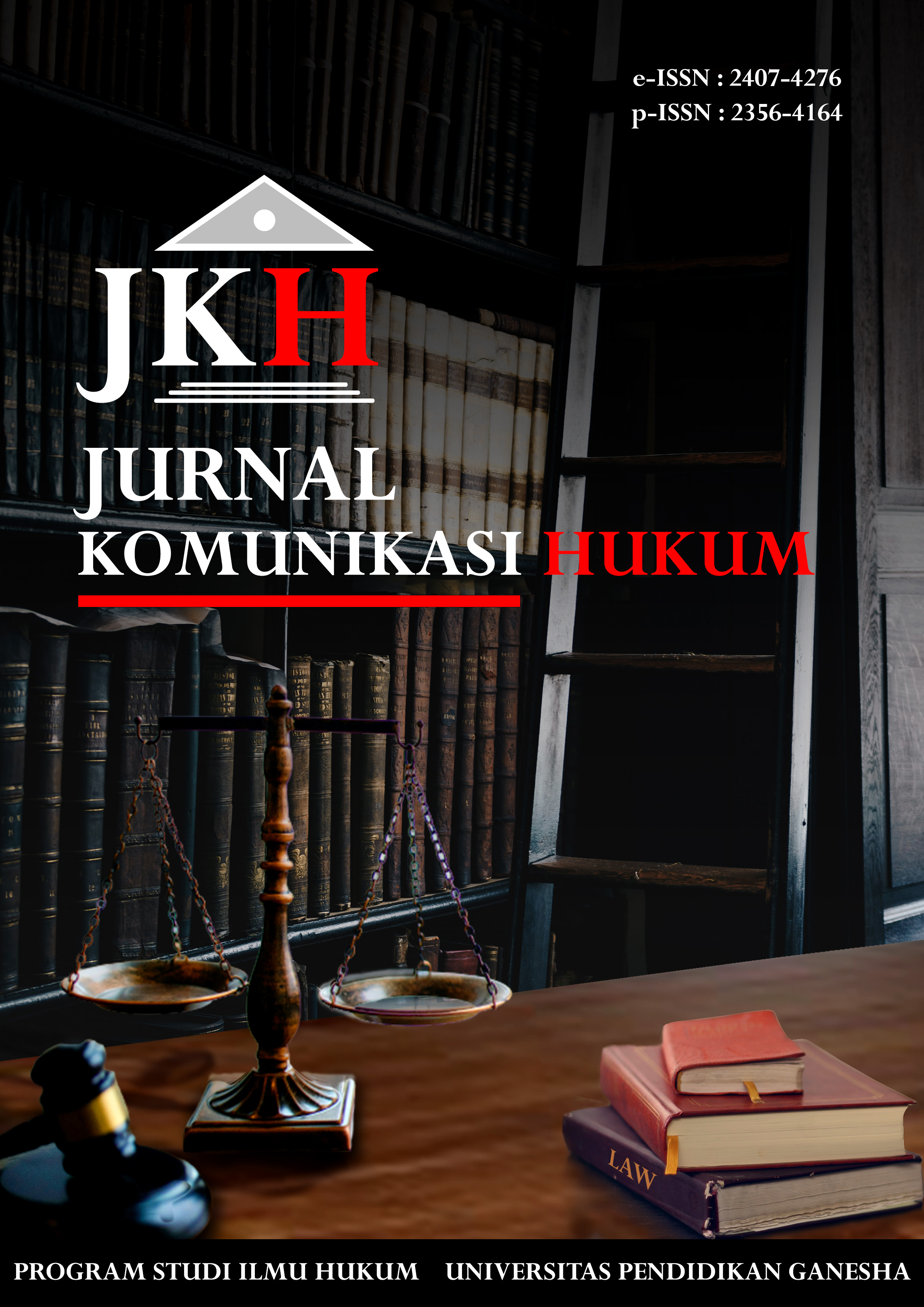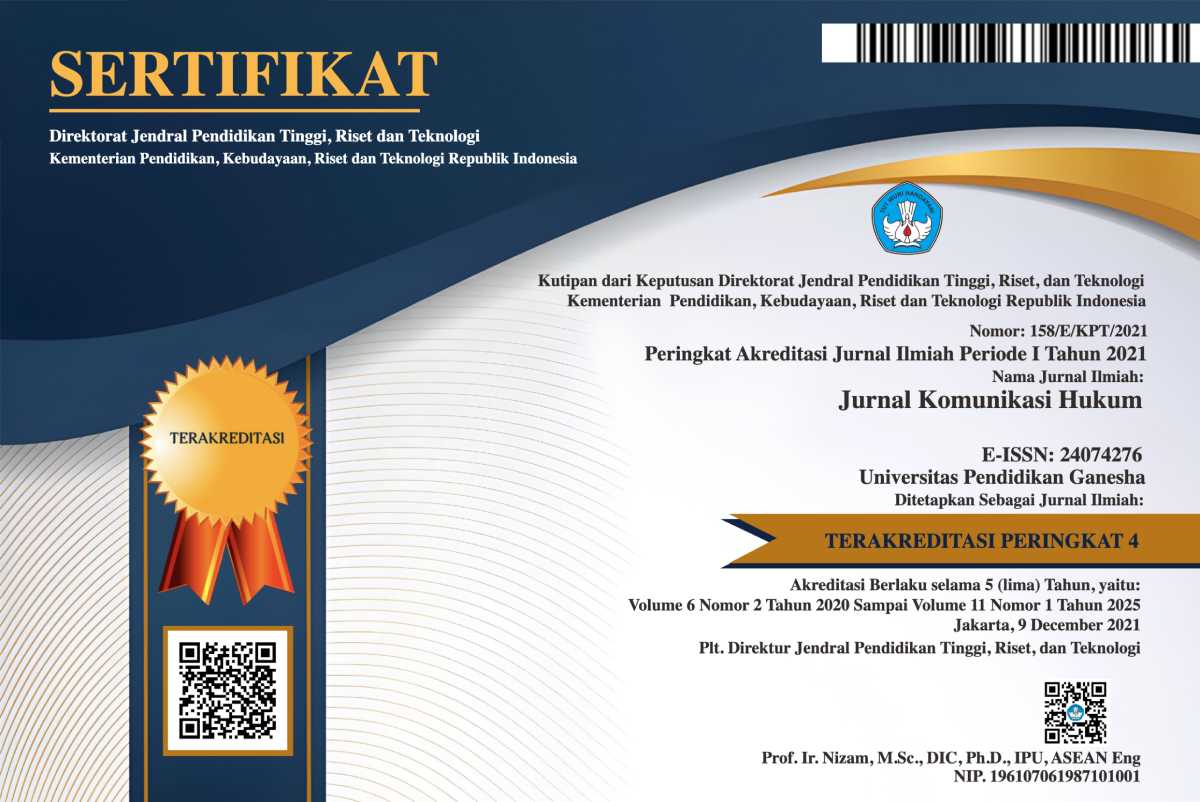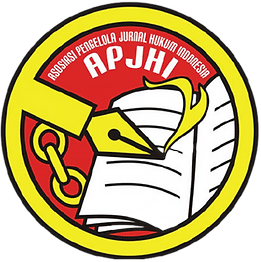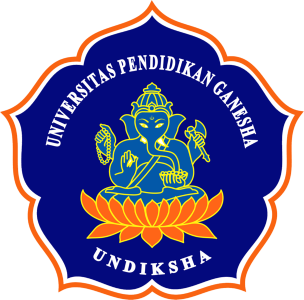Perlindungan Hak Cipta Terkait Penggunaan Seni Motif Batik Tradisional Pada Suatu Produk
DOI:
https://doi.org/10.23887/jkh.v7i2.37999Abstract
The art of traditional batik motifs is a cultural heritage that contains interesting wisdom values to examine in terms of motifs, ornaments, processes, colors, and functions of a piece of batik. In the case of copyright infringement against the use of traditional batik motifs in sponge cake sold by Singaporean businessmen. If seen in Law Number 28 of 2014 concerning Copyright. This activity has violated the provisions protected in the law. This study uses normative research by applying a statutory approach which is based on the main legal materials as a reference for examining theories, and principles and laws related to the problems in this research. The results of this study indicate that the commercial use of traditional batik motifs without the permission of the original creator is a form of copyright infringement. The efforts of copyright holders to obtain their rights (economic rights) can be done through non- litigation and litigation channels. Legal efforts through non- litigation are carried out by using alternative dispute resolution through mediation, namely those based on Article 95 paragraph (4) of the UUHC concerning Dispute Resolution. Litigation efforts can be carried out by filing a claim for compensation, based on Article 96 of the UUHC.
Downloads
Published
How to Cite
Issue
Section
License
Authors who publish with this journal agree to the following terms:- Authors retain copyright and grant the journal right of first publication with the work simultaneously licensed under a Creative Commons Attribution License that allows others to share the work with an acknowledgement of the work's authorship and initial publication in this journal.
- Authors are able to enter into separate, additional contractual arrangements for the non-exclusive distribution of the journal's published version of the work (e.g., post it to an institutional repository or publish it in a book), with an acknowledgement of its initial publication in this journal.
- Authors are permitted and encouraged to post their work online (e.g., in institutional repositories or on their website) prior to and during the submission process, as it can lead to productive exchanges, as well as earlier and greater citation of published work (See The Effect of Open Access).
Authors who publish with this journal agree to the following terms:
- Authors retain copyright and grant the journal right of first publication, with the work [SPECIFY PERIOD OF TIME] after publication simultaneously licensed under aCreative Commons Attribution License that allows others to share the work with an acknowledgement of the work's authorship and initial publication in this journal.
- Authors are able to enter into separate, additional contractual arrangements for the non-exclusive distribution of the journal's published version of the work (e.g., post it to an institutional repository or publish it in a book), with an acknowledgement of its initial publication in this journal.
- Authors are permitted and encouraged to post their work online (e.g., in institutional repositories or on their website) prior to and during the submission process, as it can lead to productive exchanges, as well as earlier and greater citation of published work (See The Effect of Open Access).












